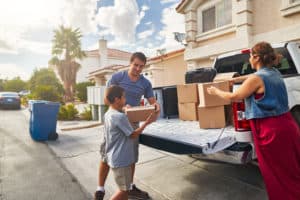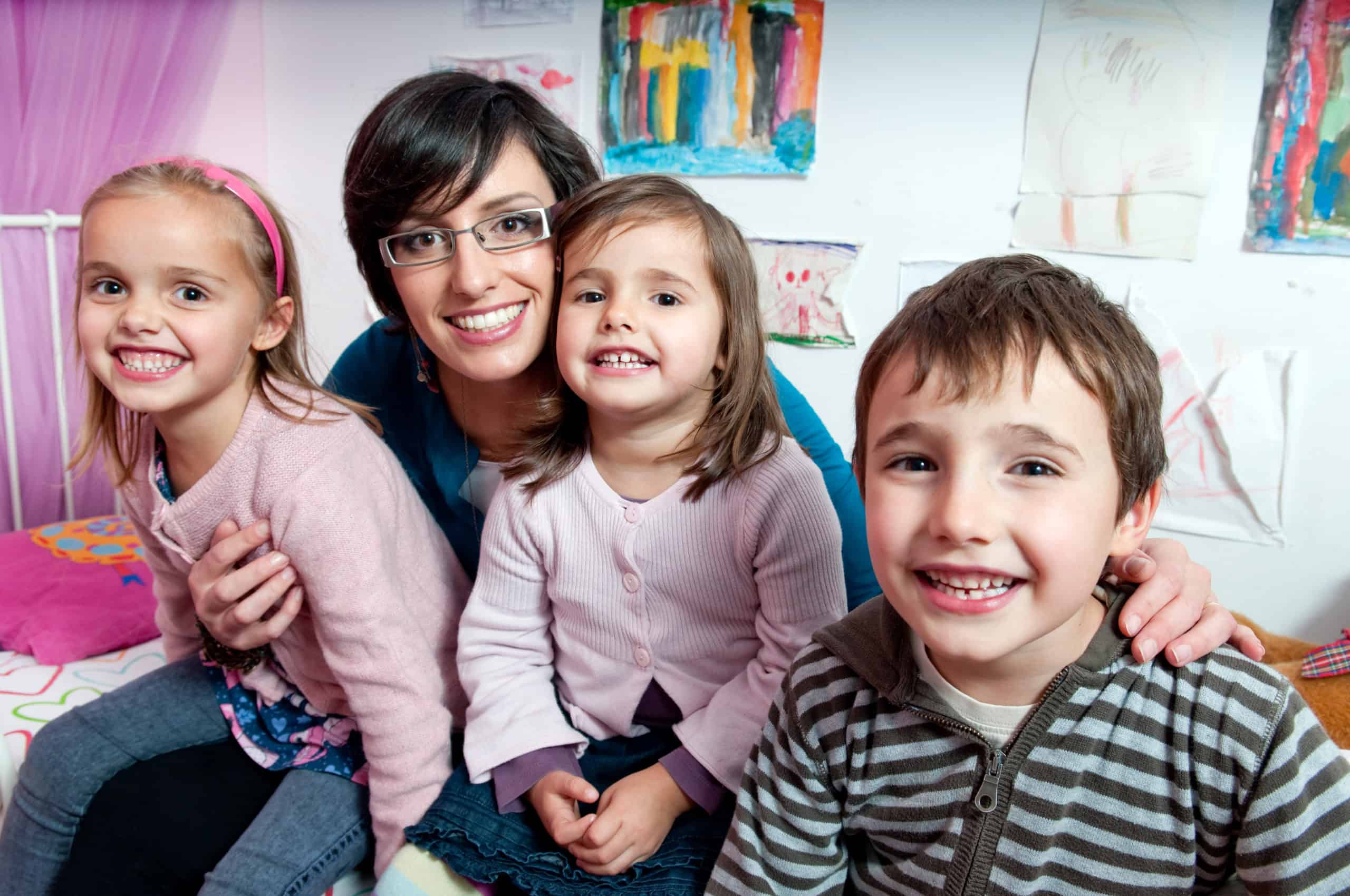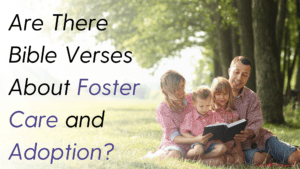A young mom who recently left her abusive boyfriend is ready to start again but has no beds and limited furniture to begin her new life with her children. Whose responsibility is it to help her keep her kids home with her?
A woman and her husband adopted special needs children from foster care and then became foster parents. Sadly, her husband passed away. After her husband’s death, due to the sense of isolation and weight of all the needs, she is not sure she can keep going. Whose responsibility is it to help her keep fostering? These are real stories of real people from Indiana. These stories play out across the United States every single day.
Keep children in their homes
The best place for any child is in a family. You most likely agree with that statement. Almost everyone can agree with that; however, that statement becomes extraordinarily complex when it comes to child welfare.
Studies have shown that children do better if they stay with their biological families – but what happens when those families need more support to keep them there? Nationally, 61% of children are removed from their homes due to neglect. In some cases, the neglect is extreme and results in the child being taken to a temporary home. There are also poverty neglect cases where the biological parent does not have what is needed to properly care for the child. Perhaps they don’t have a bed (which in many states is required by law). Maybe they don’t have a working refrigerator. Maybe they don’t have a safe living environment. Is there a way to keep these children in their homes? Yes!
Whose responsibility?
But whose responsibility is it to make sure that happens? First and foremost, everyone would probably agree that it is the responsibility of the biological parent. No matter their story, or life circumstance, every parent has the responsibility to be a good parent to their child. Second, in our country, it is also the responsibility of the state child welfare system. However, so often, child welfare staff does not have the resources, time, or energy to provide the practical and emotional support needed. I have come to firmly believe it is not just the government’s responsibility but also the community’s responsibility to make sure that every child is loved well.
Foster Parents
Sometimes it is not safe for children to stay with biological parents, and they need to go to other safe, loving homes through foster care. In these situations, a child should remain in one home vs. moving to multiple homes if a placement has to be disrupted. Yet this means foster parents need to be supported so they can keep children in their homes for the duration of the time of need. Foster parents are in the trenches 24/7, and it can be extremely challenging dealing with the effects of the trauma a child has faced. Rarely do government child welfare agencies or service providers have the resources needed to fully support these families.
What if the foster parents weren’t doing this alone? What if church communities saw it as their responsibility to come alongside the foster families? Could church communities provided spiritual, emotional, and practical support so the children could be loved well and the foster families could foster longer and stronger. In the United States, child welfare has become the government’s responsibility, but I contend it should equally be the local church’s responsibility and the community.
What are a few of these gifts?
God loves these children. The sheer number of times orphans are mentioned in the Bible is proof that this is an area near to God’s heart. In fact, according to James 1:27, it is considered pure religion, which, according to Webster’s dictionary, means “free from taint, spotless, stainless.” Back when I was in junior high, I memorized James 1:27. I understood, at least to a degree, what it meant to not be polluted by the world, but I had an idea of what that meant. However, I had no idea what it meant to look after orphans and widows in their distress. How did one even do that? I believe many people are in the same situation. They would be willing to help but have no idea how to.
This situation is precisely where I was for quite a long time in my life. But then, through a series of events, God started to show me how I could be involved. For our family, the first step was international adoption. We adopted in a city very close to the North Pole. As we pulled away from the orphanage with our son on my lap, about 15 children stood in the parking lot. No playground, no toys, and with the snow piled up several feet high around them. They simply stood there just to have time outside.
At that moment, it struck me how many more children need to know and understand God’s love for them. However, I knew that our family was complete and wasn’t sure what else I could do. I think that is how it is for many people. For whatever reason, they are not in a position to foster or adopt, so they assume they can’t do anything. The good news is that’s not true!
Everyone can do something

Over the years, I have come to firmly believe that everyone can do something. I have a much better idea of the “somethings” that individuals can do. Can you make a meal? Or be a mentor to a child? Can you use your gifts to organize a team to support a foster family? How about deliver a bed? Would you be willing to be a child advocate? No matter what gifts God has given you, you have something to offer. Everyone can do something to provide support to these children in their communities.
“A city on a hill cannot be hidden.” This verse does not say a lamp on a hill cannot be hidden. It says a city. Which means lots of lights are all turned on at the same time. When everyone does something, even a small something, all those little somethings add up to a city of light. Anyone involved in child welfare knows the deep complexities, the messiness, and the darkness involved. Yet, when we come together, everyone doing their something – bringing their light – it becomes a city that cannot be hidden, showing the love and hope that comes through Jesus Christ to these precious children in our communities.
Hands of Hope
Through the organization I work for, Hands of Hope, in Indiana, we have already seen it happening. Churches are starting Family Advocacy Ministries on behalf of vulnerable children and stepping into helping provide the support needed to keep children in their homes. Remember the mom who is trying to start a new life? A church community stepped up to help! They saw it as their responsibility. Volunteers from the church dropped off beds and other furniture to her new apartment. The mom was incredibly grateful and now knows there is a community available to assist her. She now knows she is not alone in this journey.
Remember the widow who didn’t think she could keep going? A Care Community team from her church saw it as their responsibility to help! They now provide weekly meals and a listening ear. The team even made it possible for some minor repairs to be taken care of in her home. She now has the community support she needs to keep going longer and stronger.
All across the U.S., in almost every state, there are organizations like ours being a bridge and providing practical opportunities to truly impact vulnerable children. As we do this, it helps keep kids home and allows the light of God’s love shine brighter and brighter – just like a city on a hill that cannot be hidden.




















